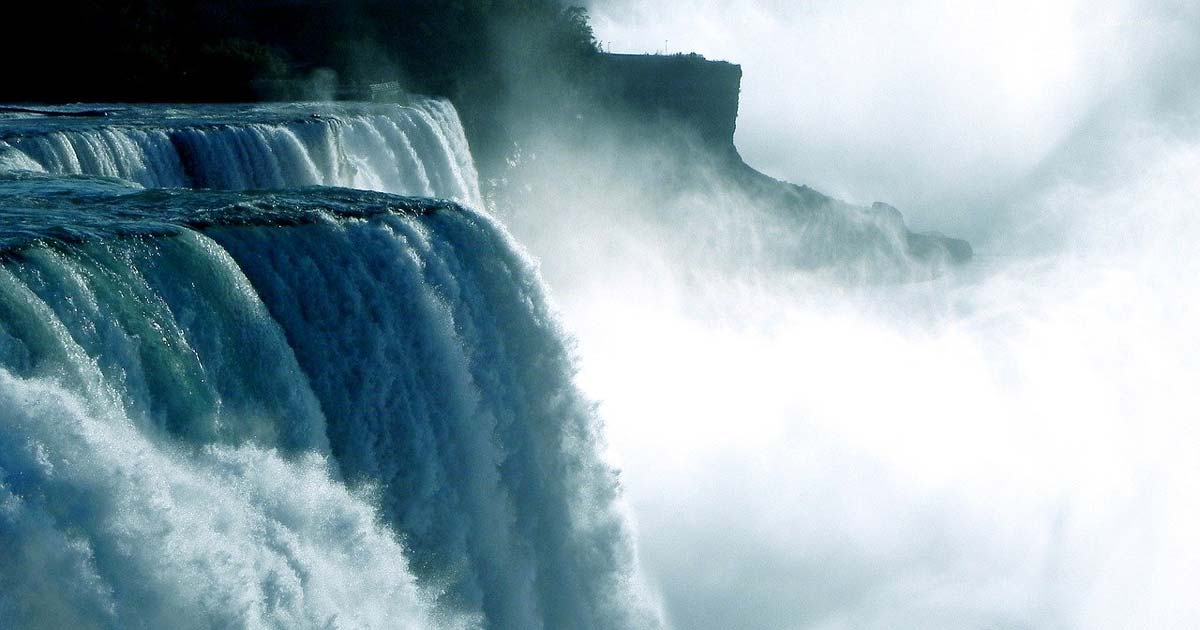Sticking to what you’re used to is both safe and comfortable; getting to where I am now was neither of those things. All through secondary school, people told me trying to become a vet was too much effort – that if I was having to try as hard as I was, then maybe it wasn’t worth it.
Now, as I prepare to intercalate between the third and fourth years of my vet course, I have people balking at the idea of taking on an additional hurdle.
The truth is I’ve been hurtling along these tracks I’ve laid for myself for an awfully long time – back before I knew superhero wasn’t a viable backup career or that, sadly, you have to be born a princess.
A different path
It’s a scary concept to hop on to a new path for a while – one that isn’t so black and white – and steer in the direction of what I think is north. But it’s also very exciting.
From September, I’ll be undertaking an MSc Global Wildlife Health and Conservation course – and recently receiving an update email on what my intercalation course will look like post-outbreak made me almost giddy with anticipation.
Government guidelines and international pandemics permitting, I’m looking forward to a lot of hands-on, skill-based learning, working on interpreting data and building my own research project (more on that to come).
Less of the same
All vet courses taught up and down the country are very similar (because they have to be) and, therefore, reward you with a certain skill set and career outlook. By intercalating I am hoping to expand each of these to narrow in my sights on the areas of animal-centred fields that strike the strongest chords within me.
From the first day of vet school my eyes began opening to the impacts of our lives on the populations of the species with whom we share this planet; issues I wasn’t happy to tolerate and didn’t even know I had been.
Big, jaw-dropping horrors like dolphin hunting, stereotypes of captive animals and chicks on conveyor belts hurtling towards a meat grinder, down to the more subtle disasters such as quickly evaporating insect populations, awoke in me the drive I’d had as an infant to do this job in the first place.
Making animals better
As a six-year-old girl, my idea of what it meant to be a vet was simply “a person who made animals feel better”. At that age, I don’t think the concept was any more nuanced than that. But looking back, 15 years on, I don’t think it has to be.
I know I’m not alone in wanting to leave this world a little better than I found it, and if this next year I’m embarking on brings me a little closer to my goal then I wouldn’t want to lose a single second.
Complicated
The big problems the veterinary community faces – along with the world as a whole – aren’t going to be changed overnight. My own lifestyle is an embodiment of just how complicated they are:
- I agree all animals are entitled to freedom from pain and suffering, and although I try to reduce my consumption of meat, I am not vegetarian or vegan.
- I do not believe in the captivity of large aquatic mammals, but as a child I enjoyed my visits to SeaWorld and wildlife parks to watch the dolphin shows.
I don’t expect to solve the big issues or answer the big questions, but I want to contribute in any way I can.
Unfortunately, conservation and exotics are not currently primary areas of study on the veterinary course, and yet I cannot help but pursue them. I hope to bring the worlds together in the coming years, and fight for change with a double-edged sword.

Leave a Reply